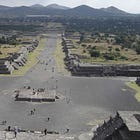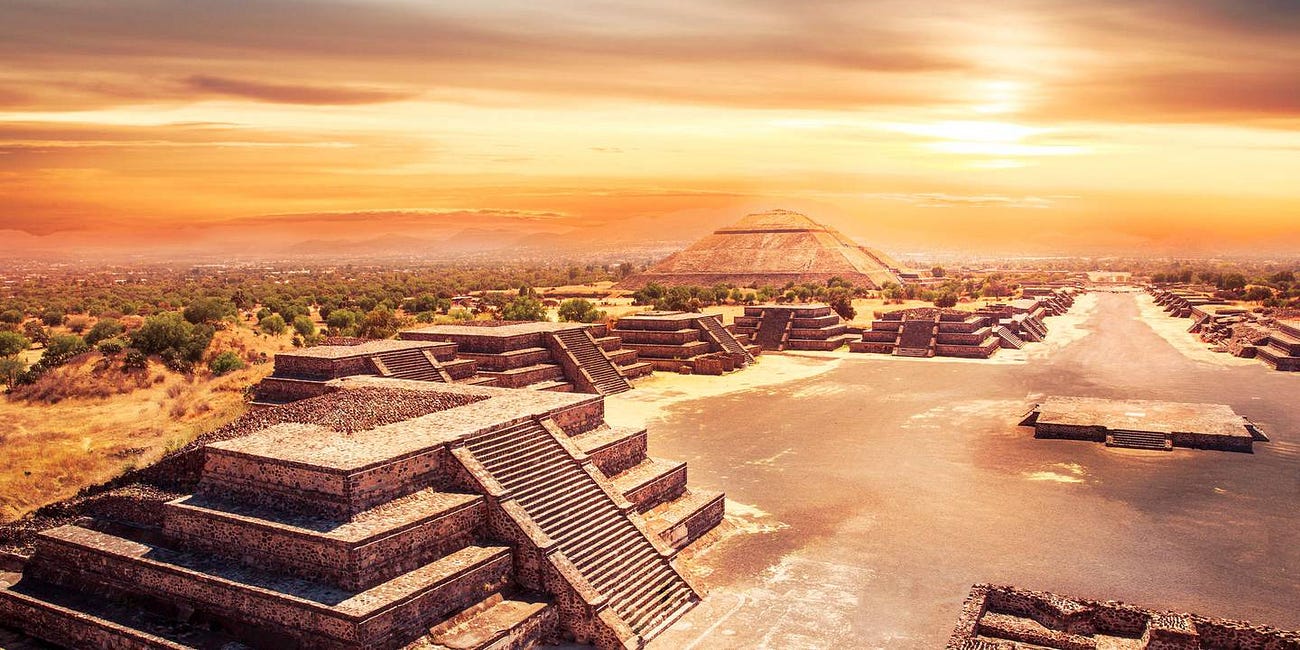From Radu Cinamar, Forgotten Genesis (Sky Books, 2020)
Part 1:
Part 2
Directives of the Planetary Council from 26,000 B.C.
From many points of view, that “multicolored” encounter of the extraterrestrial civilizations that “shepherded” the DNA in the formation of the human being was a turning point for the evolution of humanity on Earth. The territories were then delimited, agreements and understandings were established, certain codes of inter-racial behavior were imposed, and crucial decisions were taken regarding the future of human beings and life on our planet. That council impressed me in particular with the size, complexity and value of the decisions made regarding the destiny of humanity.
The admission of the E-N-K beings into the planetary coordination forum and the recognition of the level of evolution that they had reached also had to do with the fact that the representatives of the Great Council showed a deep interest in them.
Indeed, the initial plan was the creation of a new, intelligent and complex human being. After more than 300,000 years, this plan had already developed and evolved quickly, and even unexpectedly, if we think about the naural course of things and if we consider it on a cosmic scale. That is why the Great Planetary Council from Teotihuacan of 26,000 B.C. virtually signifies the beginning of the “withdrawal” of the higher extraterrestrial races from involvement in the life of the new humanity.
The main purpose of the initial project was to create a novel human being and to populate the planet with this being. Since the E-N-K branch had shown a surprising fertility and adaptability to different types of external influences due to its DNA, it had somehow acquired the right to take over the planet and evolve freely here.
That is why the Great Planetary Council from Teotihuacan of 26,000 B.C. virtually signifies the beginning of the “withdrawal” of the higher extraterrestrial races from involvement in the life of the new humanity.
By contrast, the E-N-L branch, although more evolved than the E-N-K branch from a spiritual point of view as well as other characteristics, was nevertheless more fragile in terms of genetic structure and vitality, to the point where it could not sustain a continuous and energetic development of a new race of beings. Moreover, as I said, the E-N-L beings had already begun to withdraw from the physical plane, and their existence was gradually replaced by myths and legends. The L branch, however, did make an important contribution to refining part of the K branch.
Accordingly, the Sirians and the other main extraterrestrial civilizations involved in the project of creating the new being on Earth considered that the E-N-K gene was strong enough to carry out the project, which could now follow a natural path. Sovereign surveillance by these ET civilizations continued to exist, in particular to prevent the destruction of civilization by devastating wars at the planetary level or by the use of terrible and very advanced technologies, both by humans and other ET civilizations. However, this small group of very advanced ET civilizations monitored humanity with a high spiritual knowledge and without intervening where humanity’s destiny had to take a certain course. (pp. 192-193)
The “specialization” of human DNA
After the segmentation of human DNA took place, in the sense that certain ET civilizations began to create more nurseries for it in different parts of Earth, the DNA of the human being spread out in different directions, somehow losing “total power.” In other words, the E-N-K beings from these secondary branches — which were E-N-K-A, E-N-K-I, E-N-K-U, etc. — gained the same strengths and power as the E-N-L line because their DNA specialized over time in one specific direction, induced and developed by a particular ET civilization.
Each of the ET civilizations that participated in the nursery program of human civilization on Earth proportionally contributed their DNA to the complexity of human DNA, thus “shepherding” a certain population of the globe as assigned by the Great Planetary Council from Teotihuacan, who had designated “areas of influence” for each extraterrestrial civilization that was involved in the project.
Basically, their representatives took over close supervision of the evolution and development of the human bings that populated Earth at that time, mostly belonging to the E-N-K branch, within the territories they occupied. This is why we can see very different influences and characteristics in races and even populations in certain areas of the planet. For political reasons, however, I was advised to not present details of this in this book.
Now things get increasingly complicated, as various other civilizations start to genetically manipulate the various groups on Earth. The Tau Ceti influenced the Slavs, Arcturians influenced the Etruscans, and Lyrans from Aldebaran influenced the Germanic and northern tribes. Also, another reptilian-like group, the Anunnaki, set up base in Africa after the destruction of Atlantis, where they created the black race.
Stewart Swerdlow, Reptilian Agenda
Demigods
One of the important decisions taken at the Great Planetary Council of Teotihuacan was that the E-N-K branch be allowed to start governing itself. In other words, E-N-K beings would have their own territories and even be invited to be represented at that Great Council at certain times to contribute to planetary discussions and decisions. By this, the fact was recognized that they had evolved enough to have a relatively high degree of responsibility and that they could integrate well into the spiral of progress at the planetary level. It was clear from what I saw in the pictures, however, that the E-N-K beings were listening to the directions, advice and directives that were given by the sages of ET civilizations who were guarding the entire planet and who they considered to be their “parents.”
I noticed that the elevated members of the E-N-K branch of the Council were very harmonious, powerful and independent beings. I was attracted in particular to the special magnetism they radiated, and I focused on these aspects as they related to their participation in the Great Council of the planet. Immediately, I was shown a sequence of representative images, and to the right of the screen, I saw a rich display of other directories. I preferred, however, to pursue the sequence of images because the particular study of those files would have taken more time than was available to me.
Combining the images with the telepathically intuitive transmissions that I received through the inter-dimensional headset, I realized that the E-N-K branch had evolved remarkably throughout, characterized in particular by the complexity of their DNA structure. This made for amazing possibilities for combinations with other DNA. In addition, it conferred on those beings a special radiance, a bodily and magnetic beauty that easily produced fascination. Moreover, as we have seen, the E-N-K delegation consisted only of “demigods,” both men and women. As they were closer to our tendencies, manner of being, way of perceiving things and manifesting ourselves, I was very attracted to those images because at a certain level, the E-N-K delegation produced a strong impression amongst the other ET beings.
The most representative were the women of E-N-K. They had an extraordinary impact and showed a kind of irresistible attraction that undoubtedly stemmed from the complexity of the structure of their DNA, and especially from a special “something” unique to the human being that was created on Earth. If I were to make a comparison, however, I would say that their radiance was most similar to that of the women in the Pleiades. Many representatives of other ET species and civilizations were “courting” them, precisely due to their extraordinary fertility and ability to give life to a level of high complexity. In this sense, there was a circulation of many ET civilizations who, from time to time, came and added to their gene pool with the most special E-N-K beings. (pp. 193-195)
Cinamar, Radu (2020). Forgotten Genesis. Westbury, New York: Sky Books.
Part 3:
The Great Planetary Council of Teotihuacan in 26,000 B.C.
From Radu Cinamar, Forgotten Genesis (Sky Books, 2020)







